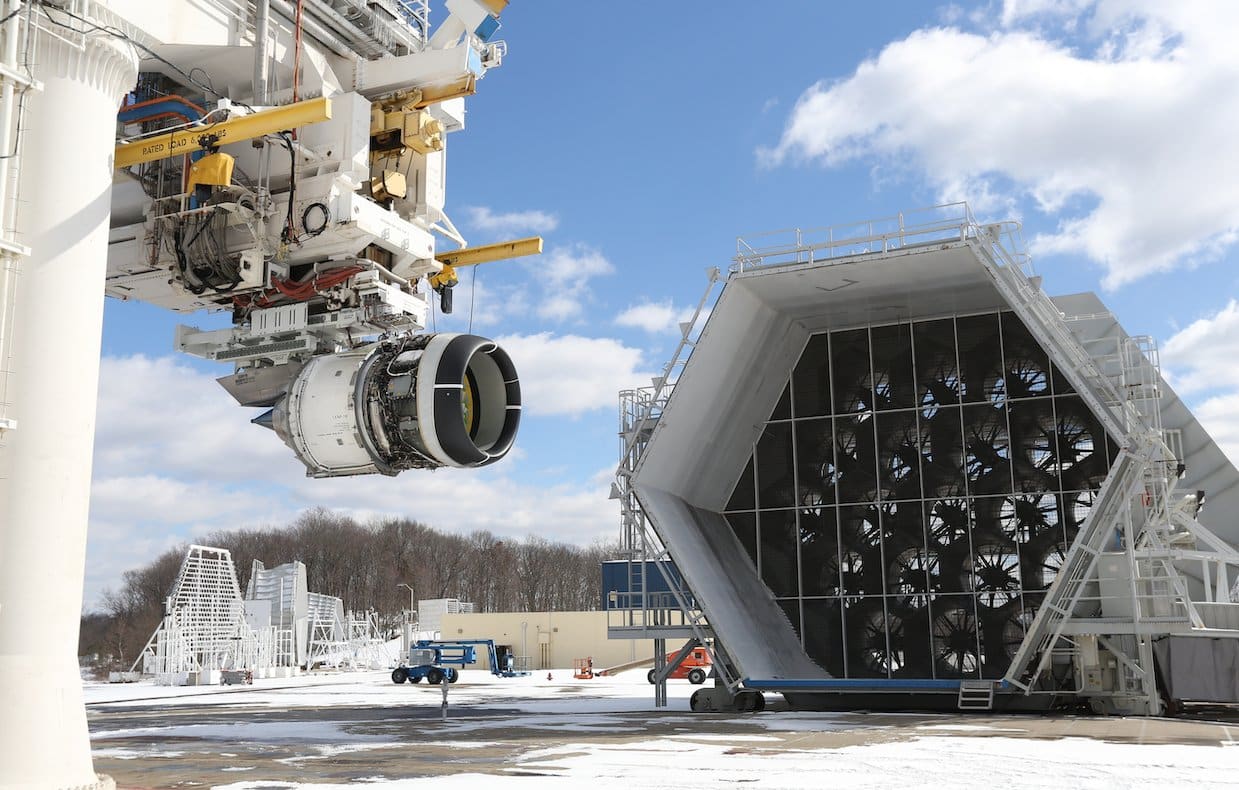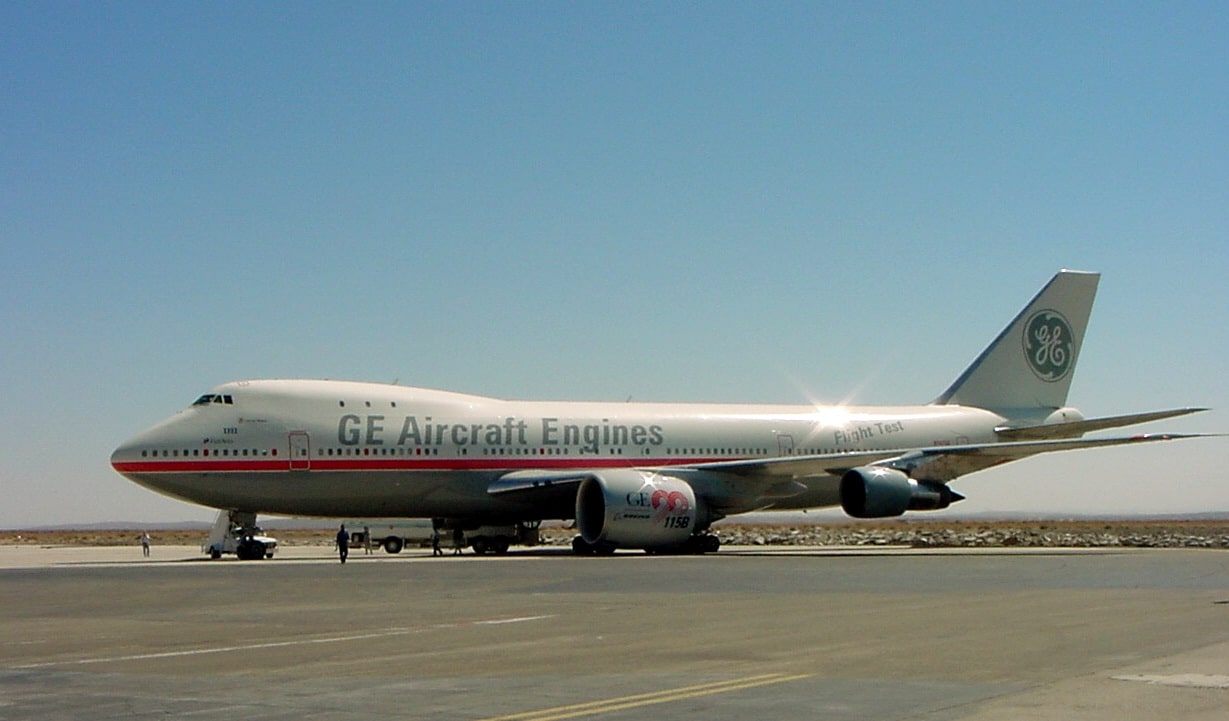Aerospace
This is the best Aircraft engine in the world. According to AIN’s overall rating,
In terms of maintenance and ranking, these engines are the best, according to the AIN Product Support Survey 2022.

Business jet users overwhelmingly agree that GE has continued to deliver on its promise to keep customers flying. In a recent survey conducted by Aviation International News to rate engine service providers on customer satisfaction, GE was able to improve its rating to number one, up from 2021 – a testament to the dedication and passion of the teams who support our customers.
GE Aviation and Rolls-Royce topped that category with a reliability rating of 9.4 each, driven in large part by
the continued strong performance of GE’s 8,000-strong fleet of legacy CF34 turbofans and the Rolls-Royce Tay, first introduced in 1988, that powers many legacy large-cabin Gulfstreams, including the GIV.
For turboprop and turboshaft engines, Pratt & Whitney continues to dominate, with an Overall Average of 8.5 in each category. However, the company’s Overall Average for turboshaft engine support on helicopters dropped from 8.7 last year.
An Overall Average improvement to 8.7 from 8.5 (out of 10) last year was enough to push GE Aviation to the top of this year’s AIN Engine Product Support Survey. The ratings of all other OEMs fell from last year, largely a factor of Covid-related supply chain and personnel problems.
Honeywell appeared to take the biggest hit in this regard, with its Overall Average dropping to 7.6 from 8.2 last year, making it the only OEM to finish with an Overall Average of less than 8.0. Honeywell executives told AIN that the company is acutely aware of these issues and has embedded its personnel with key suppliers in an effort to unsnarl the bottlenecks and address related issues, including AOG times
GE Aviation has jet engine offerings for small, super-medium, large-cabin, and long-range business jets including the
HF120 on the HondaJet, the CFE738-1B on the first-generation Dassault Falcon 2000, the CF34-3 on the Bombardier
Challenger 600 series, and the Passport on the Bombardier Global 7500. The CF34 tied for the top Overall Average
engine rating at 8.6. The company offers enrollment product support through its OnPoint program.
Melvyn Heard is the president of the company’s business aviation programs. The Passport is the company’s newest business jet offering and is installed on more than 150 aircraft in service. Heard said that approximately 85 percent of Global 7500 customers are enrolled in OnPoint. The fleet has amassed 100,000 flight hours and 40,000 flight cycles. For all customers, the Passport is supported by a staff of 20 on a mobile repair team, which is able to deploy anywhere in the world, and an additional 20 field service representatives. Throughout GE Aviation’s business engine offerings, the company works with 45 service support partners.
GE’s jet engine product offerings cover the ground for the smallest to the largest of business jets, including the GE Honda Aero Engine’s HF120 on the HondaJet, the CFE738-1B on the first-generation Dassault Falcon 2000, the CF34-3 on the Bombardier Challenger 600 series, and the GE Passport engine on the Bombardier Global 7500 and new 8000.
GE’s OnPoint program brings the most cutting-edge maintenance solutions to keep customers flying with confidence. By working directly with GE, customers can get a better value for their dollar through time savings, OEM knowledge, optimized configuration for their asset, the experience of GE’s entire fleet, direct connection with GE supply chain resources, and world-class field and services support.
Read More : GE click AIN Online

Aerospace
Indigo will soon launch Air Taxi Service in India

InterGlobe Enterprises, the parent brand of IndiGo, is set to revolutionize travel in India with its upcoming air taxi service.
Scheduled for a potential launch in 2026, this innovative venture promises a seamless journey for passengers between two bustling hubs. Delhi and Gurgaon in Haryana. The forthcoming service is projected to revolutionize the daily commute, offering passengers a swift aerial journey covering the distance in a mere 7 minutes.
This remarkable efficiency contrasts starkly with the conventional 90-minute drive, underscoring the immense time-saving potential for commuters. The anticipated fare, ranging from Rs 2,000-3,000, makes this innovative mode of transport not only swift but also remarkably competitive in pricing.
At the heart of this ambitious endeavor lies a strategic partnership with Archer Aviation, a pioneer in electric vertical takeoff and landing (eVTOL) aircraft technology. Under this collaboration, Archer will supply 200 state-of-the-art eVTOL aircraft, representing an investment of US$ 1 billion. These cutting-edge aircraft, capable of accommodating up to four passengers alongside the pilot, epitomize the future of sustainable air travel.
Powered by six battery packs, Archer’s eVTOL aircraft boast rapid charging capabilities, enabling a swift turnaround between flights. With a charging time of just 30-40 minutes, these eco-friendly aircraft ensure minimal downtime, maximizing operational efficiency.
Similar services are anticipated to be introduced by the joint venture in Bengaluru and Mumbai as well. Nevertheless, the service rollout period has not yet been made public by the company. Next year, it is anticipated to get its certification. Following this, the company will start the certification procedure with the Directorate General of Civil Aviation (DGCA).
Aerospace
Which is bigger 777x or 787 aircraft ?

The 777X is a new series of the Boeing 777 family and is designed to be larger and more efficient than its predecessor. It features two variants: the 777-8 and the 777-9, being the larger of the two.
The Boeing 777X emerges as the larger sibling within the Boeing family, representing a significant leap forward in both size and efficiency. Comprising two variants, the 777-8 and the 777-9, the latter takes the crown as the larger of the two. With its expansive fuselage and impressive wingspan, the 777X is tailored for long-range journeys and boasts a substantial passenger capacity.
On the other hand, the Boeing 787, affectionately known as the Dreamliner, occupies a niche in the market as a smaller yet formidable aircraft designed for medium to long-range flights. Its distinguishing feature lies in its composite fuselage, a technological marvel that renders it lighter and more fuel-efficient compared to conventional aluminum counterparts. The Boeing 777X is larger than the Boeing 787 aircraft.
When it comes to passenger capacity, the 777-9 reigns supreme, typically accommodating a sizeable contingent of 400-425 passengers in its standard configuration. In contrast, the 787, with its more modest dimensions, typically carries between 240-290 passengers, depending on the variant and layout.
One of the remarkable innovations introduced with the 777X is its folding wingtips, a feature designed to address the logistical challenges of accommodating such a large aircraft in conventional airport gates. These folding wingtips enable the 777X to retract its wings, allowing it to fit into gates designed for smaller aircraft while still reaping the benefits of an extended wingspan during flight, thereby enhancing fuel efficiency and operational flexibility
Aerospace
China Secures Production Certificate for Mass Production of Pilotless eVTOL Aircraft

The first passenger-carrying pilotless electric vertical takeoff and landing (eVTOL) aircraft in the world, the EH216-S, has received the Production Certificate for its eVTOL aircraft from the Civil Aviation Administration of China (CAAC).
This is a significant milestone for EHang Holdings Limited, the leading UAM technology platform company in the world. This outstanding accomplishment is another big step towards mass manufacturing for the eVTOL aircraft and the ensuing commercial operations, building on the ground-breaking acquisition of the Type Certificate and the Standard Airworthiness Certificate for the EH216-S.
The PC is a crucial certificate that the aircraft maker receives from the CAAC, the country’s aviation authority. By obtaining this certificate, EHang has demonstrated that it has set up a quality management system for mass production that satisfies the airworthiness regulation standards set forth by the CAAC, and the company has been given permission to continue producing mass quantities.
It is also a strong guarantee of the calibre of the goods made by EHang. Raw materials, supplier management, manufacturing organisation, production quality control, aircraft pre-delivery test, after-sales repair and maintenance, etc. are all included in the mass production quality management system for the EH216-S.
To ensure that every aircraft and its components that roll off the production line strictly adhere to the approved type design and safety requirements, the system sets clear guidelines and documentation for every step in the production procedure. This ensures comprehensive traceability and safety control.
























